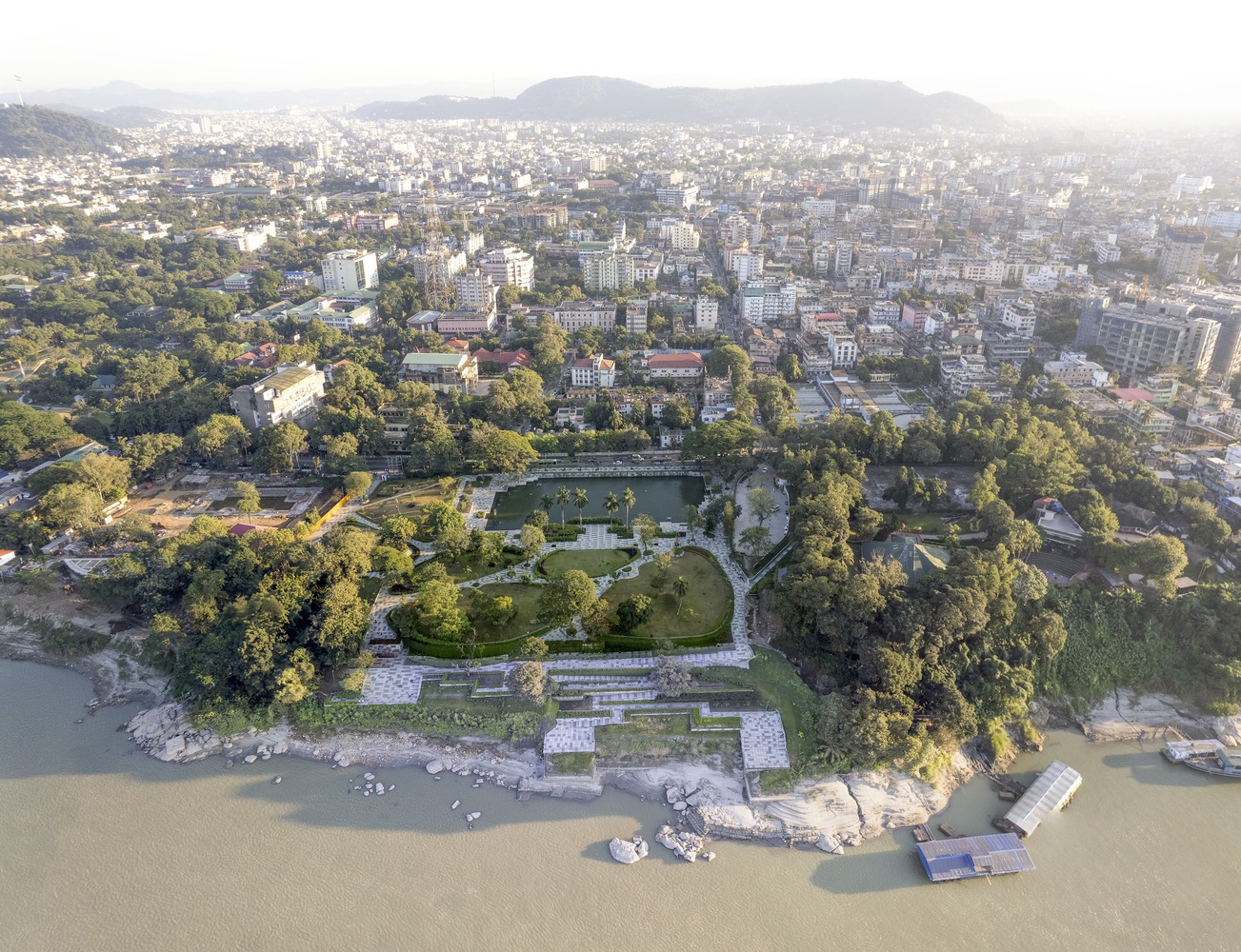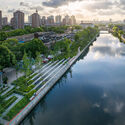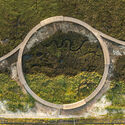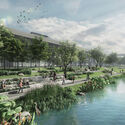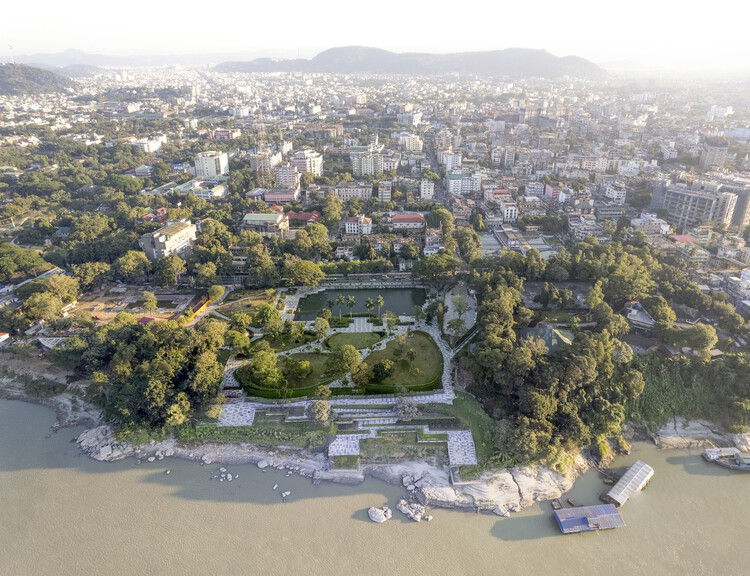 Urban Regeneration of Brahmaputra Riverfront / atArchitecture. Image © Avneesh Tiwari
Urban Regeneration of Brahmaputra Riverfront / atArchitecture. Image © Avneesh Tiwari
Share
Or
https://www.archdaily.com/1035237/shifting-sediments-rivers-as-an-architectural-and-cultural-catalyst
Rivers generate a distinct typology of architecture bound by design threads of material practice, environmental adaptation, cultural symbolism, and imagination. Each river system produces a unique ecosystem where water, soil, vegetation, and settlement converge to form a living network. Designing within this environment requires a capacity to read movement rather than resist it, to build on uncertain ground, and to understand permanence as a balance in motion. Unlike the fixed horizon of the sea, the river is never still. It teaches architects to think in gradients rather than boundaries, and to design as part of an evolving landscape.
Historically, communities built beside rivers understood this reciprocity. The river carried goods, sustained crops, generated energy, and suffered the daily rituals of life. Settlements along the Nile, the Yangtze, the Rhine, and the Thames turned the movement of water into systems of economy and governance while shaping civic identity. Communities organized themselves along the water’s logic, adapting foundations, materials, energy, and public spaces to the river’s seasonal behavior.


